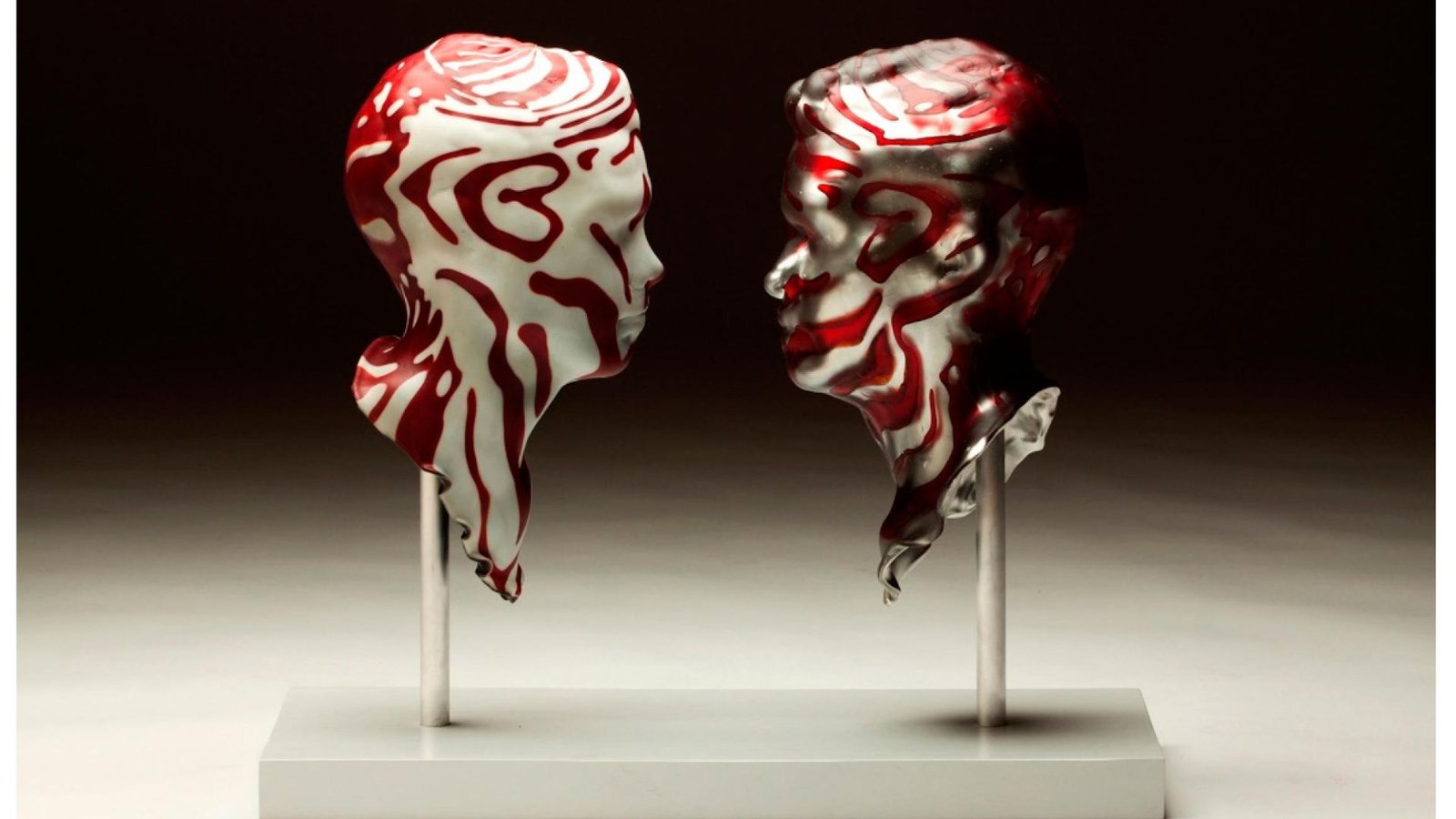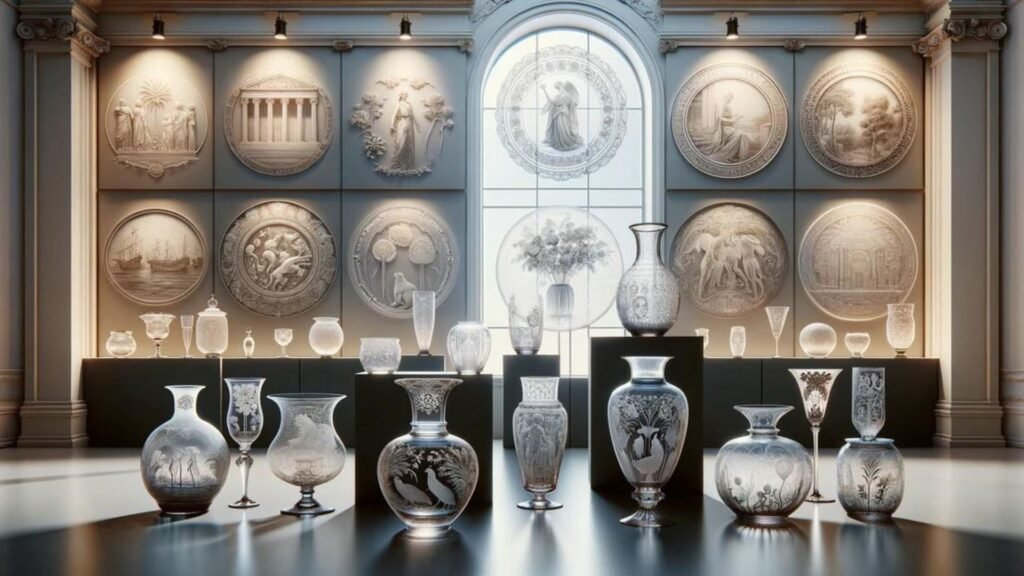Famous Glass Artists You Should Know
Glass art has evolved into a captivating medium, blending artistry and craftsmanship to create stunning pieces that defy traditional materials. Over the centuries, numerous glass artists have pushed the boundaries of this art form, creating sculptures, installations, and intricate designs. Below are some of the most famous glass artists who have made significant contributions to the field and shaped its evolution.

Dale Chihuly
Dale Chihuly is perhaps the most famous contemporary glass artist in the world. His large-scale installations and intricate sculptures have captivated audiences globally. Known for his vibrant colors, flowing forms, and organic shapes, Chihuly’s work is often displayed in museums, gardens, and public spaces. His “Chihuly Garden and Glass” exhibit in Seattle is a permanent testament to his brilliance.
Louis Comfort Tiffany
As a pioneer of the Art Nouveau movement, Louis Comfort Tiffany revolutionized the world of stained glass. Tiffany is best known for his intricate stained glass windows and the famous Tiffany lamps, which became iconic for their nature-inspired designs and detailed craftsmanship.
Lino Tagliapietra
Lino Tagliapietra is one of the most skilled Venetian glassblowers and a master in the Murano tradition. His career spans over 70 years, and his artistry combines ancient techniques with modern innovation.
Artistic Glass and Digital Leisure
GlassGallery.net presents a curated collection of artistic glass pieces. Alongside appreciating fine art, many enjoy digital entertainment options. For those interested in exploring online platforms, you can find more at https://www.kingjohnnie.me/en. Balancing appreciation for art with online leisure can offer a diverse range of experiences.
Tomaso Buzzi
An Italian architect and designer, Tomaso Buzzi was also known for his mastery of glasswork. Buzzi was a prominent figure in the 20th century and became especially known for his artistic contributions to the Venini glass company, based in Murano, Italy.
Harvey Littleton
Harvey Littleton is often referred to as the father of the American Studio Glass Movement. He was instrumental in elevating glass from a craft material to a recognized art form. In the 1960s, Littleton introduced glassblowing as an artistic medium in the U.S. His work paved the way for future generations of glass artists. Also his contributions to the glass art community continue to resonate in educational institutions around the world.
Stanislav Libenský and Jaroslava Brychtová
This Czech duo revolutionized glass sculpture in the 20th century. Known for their massive, geometric glass sculptures, Stanislav Libenský and Jaroslava Brychtová explored the interplay of light, color, and form.
Tessa Clegg
Tessa Clegg is a prominent British glass artist who helped shape contemporary glass art in the U.K. Known for her kiln-formed glass, Clegg’s pieces are often abstract and emphasize light, transparency, and shadow. She has exhibited her work internationally, and her contributions to the field have earned her recognition as one of the most influential glass artists in Europe.
Marvin Lipofsky
Marvin Lipofsky was a pioneering figure in the studio glass movement in America. His organic, abstract forms and colorful sculptures were a stark contrast to the traditional uses of glass at the time. Lipofsky’s work pushed the limits of glass as a medium for creative expression. He became known for his unconventional approach to glassblowing, often creating works that were more about exploring form and color than function.
Richard Marquis
Known for his whimsical and eclectic style, Richard Marquis is a glass artist who bridges the gap between fine art and craft. His mastery of traditional Venetian techniques combined with a distinctly American irreverence has made him a unique figure in the world of glass. Marquis’s work often includes humorous and playful elements, demonstrating both technical brilliance and an eye for the unconventional.
Deborah Czeresko
Deborah Czeresko is a contemporary glass artist who gained widespread fame after winning the first season of Netflix’s “Blown Away,” a glassblowing competition show. Czeresko’s work often incorporates themes of gender, identity, and personal narrative. Her bold, thought-provoking sculptures challenge the boundaries of glass art, and her influence continues to grow as she pushes the medium in new directions.
Conclusion
The world of glass art is rich with history and innovation, and these artists have made a lasting impact through their mastery of the medium. From delicate stained glass windows to towering modern sculptures, each artist brings their unique vision and skill. Ensuring that glass continues to be a vibrant and evolving art form.




